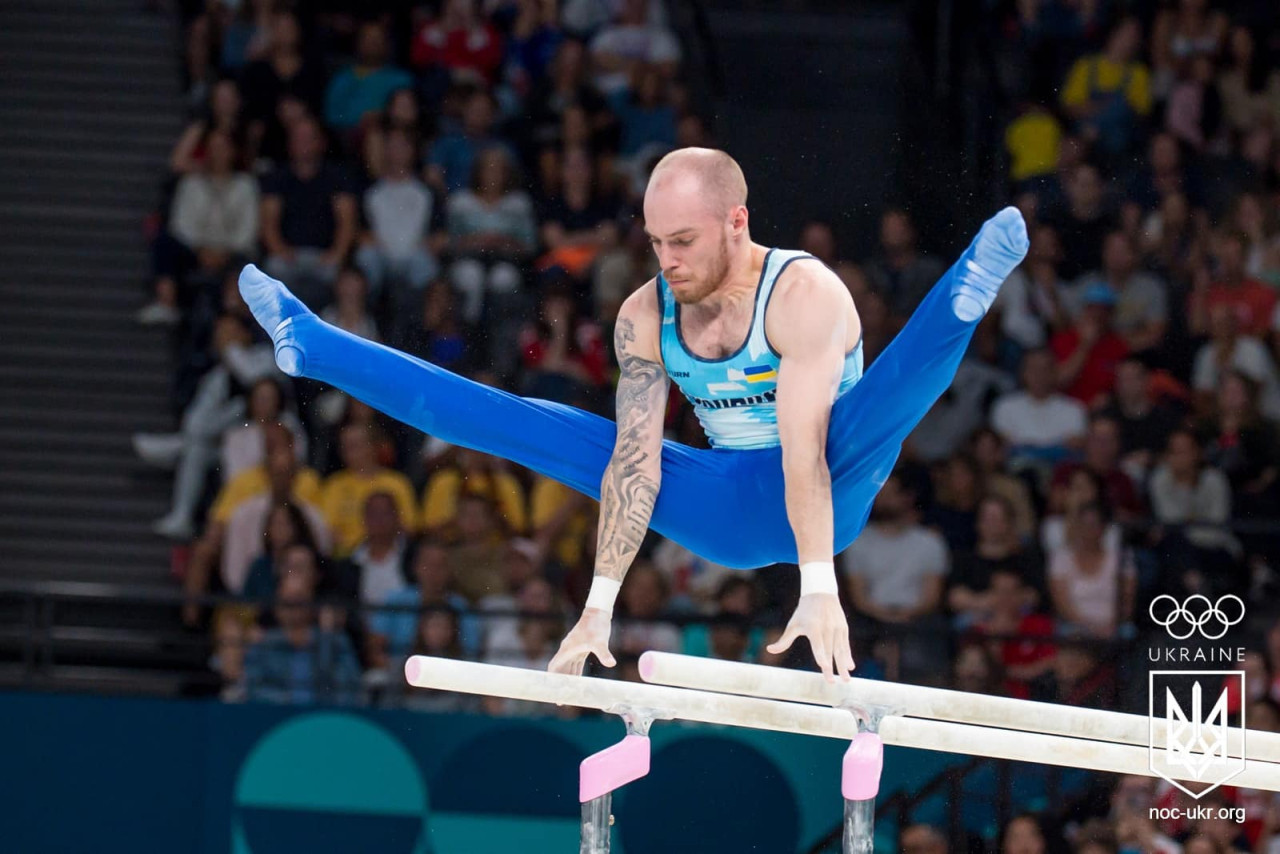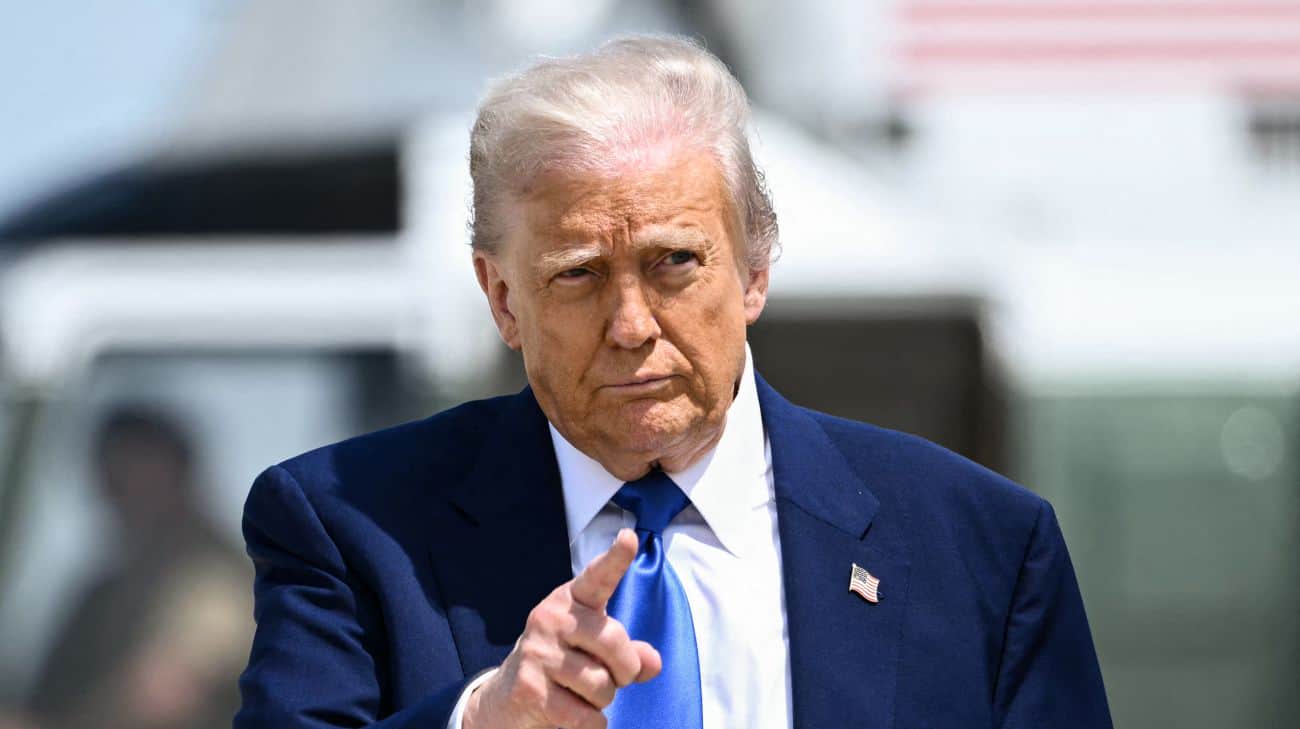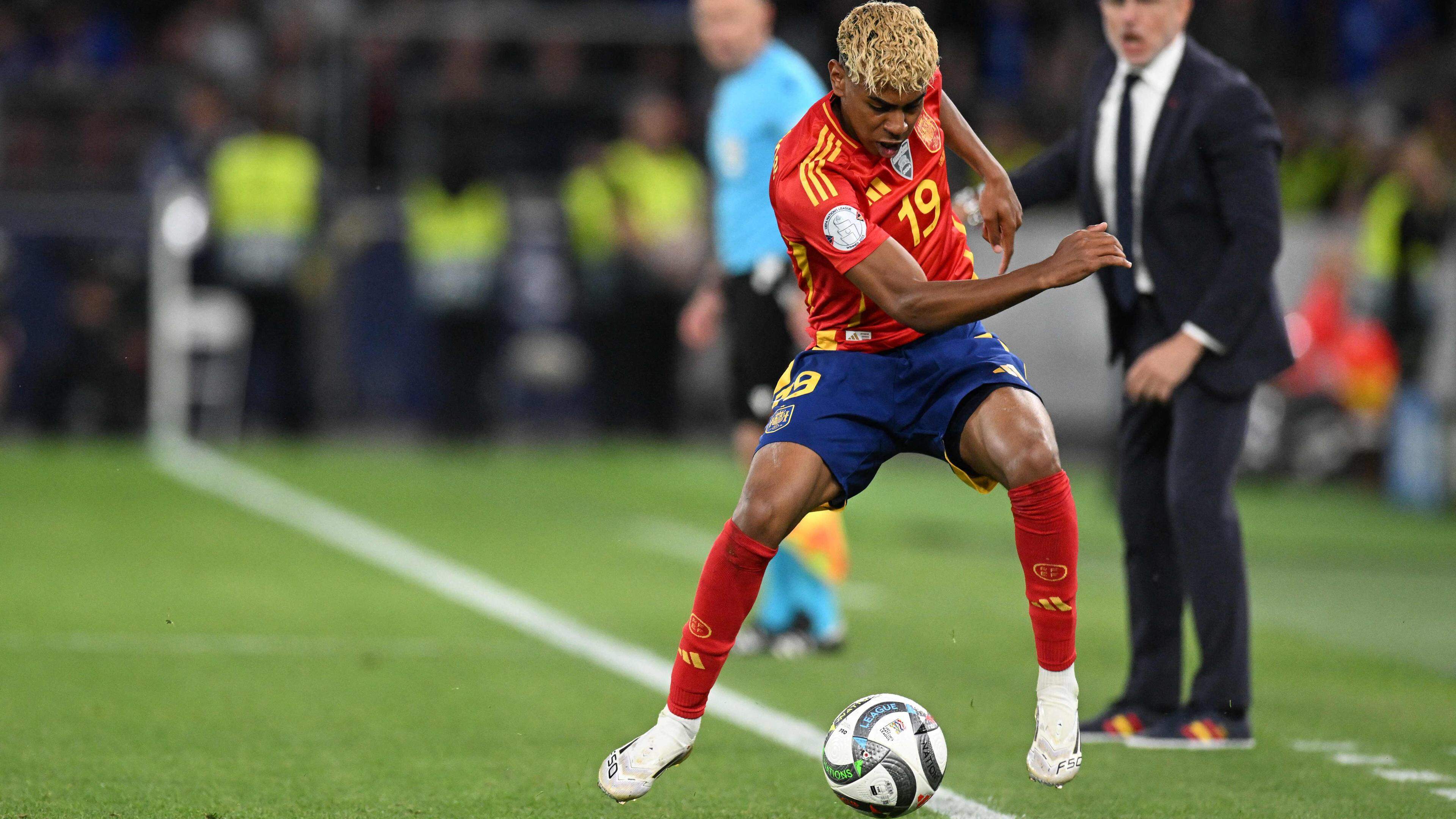As doping cases are influenced by different factors: from the inattention of the doctor to the manufacturer’s mistake | Other

Recent events in the world of sports have again exacerbated one of the most controversial topics of sports law – the responsibility of the athlete for the presence of prohibited substances in the body, even in the absence of intention to use them. In professional sports, even a small concentration of such a substance can cause perennial removal, which often means the actual completion of a career.
And whether doping is 100% personal responsibility Athlete – especially when it comes to food additives or medicines in which manufacturers did not indicate the content of the prohibited substances or silence it at all?
What is this in this case – a conscious decision or a mistake by third parties?
The question of the use of sanctions to an athlete who did not know or did not realize that he was consuming a forbidden substance is difficult from both actual and legal point of view. Its solution requires the analysis of the norms of international anti -doping regulation, first of all, the provisions of the World Anti -Doping Code of WADA, as well as the formed practice of the sports arbitration court in Lausanne (CAS).
If the doping is in the body of the athlete, then he is responsible for him
This is the so -called strict responsibility, which is enshrined in particular in the WADA Code. Athletes are fully responsible for the presence of any prohibited substance in their body, regardless of how it got there and regardless of the intentions or knowledge of the person.
It means that Even unconscious use can lead to disqualification. Our target – To understand whether it is a fair approach in sports, where even the slightest mistake can lead to catastrophic consequences for the athlete’s career.
As well as answering the question of whether there is a place for human negligence or mistake of a doctor or coach and how it can affect the final decision.
Role of Sports Arbitration Court in Lausanne (CAS): A ghostly chance for justice
Athletes often perceive CAS appeal as the last attempt to achieve justice and lift sanctions imposed by national anti -doping organizations.
Despite the fact that the CAS decisions can be appealed in the Federal Court of Switzerland, the list of grounds for such appeal is very narrow and such decisions are canceled only in exceptional cases, mainly when there were significant violations of the procedure during the consideration of the case.
For example, in the case of Guillermo Kanyas against ATP Tour, the Federal Tribunal canceled the CAS decision precisely because of the violation of the athlete’s fundamental right to be heard. This case emphasizes that the success of the appeal to the Swiss court depends on bringing gross errors in the procedure of consideration, not the reassessment on the merits of the case.
So knowledge of CAS practice allows you to understand How the athlete’s actions will be evaluated before and during the investigation, what evidence the court will pay attention to and how they will be evaluated, as well as what punishment awaits the athlete.
One of the first and most resonant anti -doping affairs is Alberto Contador Velanko – a Spanish Guardian, whose body is in the body During the de France 2010 tour, Clenbuterol was discovered, one of the oldest doping used to increase endurance and fat without loss of muscle mass. Despite the fact that the National Cycling Federation of Spain tried to protect the athlete, two cases were initiated at the CAS: the International Union of Cyclists (CAS 2011/A/2384) and WADA (CAS 2011/A/2386).
The CAS decisions were criticized by both the sports community and the public, which has repeatedly submitted a petition for the defense of the athlete, since the CAS could not convincingly establish how the forbidden substance got into the body of Velanks and whether intentional use of doping.
Arbitration tribunal He notedwhatIn the light of all the evidence available, a positive test for a cluterol athlete was most likely caused by the use of contaminated nutritional supplements rather than blood transfusions or contaminated meat. This does not mean that the tribunal is convinced of the reasonable doubt that such a scenario of use of a contaminated nutritional supplement really took place « .
Despite this, Velasco was found guilty. He was punished with a two -year disqualification with the cancellation of titles, including victories for the prestigious tours of de France 2010 and Jiro Dwitaly 2011. The case demonstrated that despite the lack of evidence of deliberate doping, athletes will still be punished.
However, over the years, CAS has paid more attention to the intentions of athletes. In 2021, the leader of the national gymnastics national team Oleg Vernyaev appealed to the decision of the Ethics Fund for Gymnastics and the International Gymnastics Federation, denying the deliberate use of meldonia found during testing in 2020.
The athlete emphasized that the probable ingress of the substance was due to contaminated foods made in Belarus and Russia, and purchased from a commercial supermarket. It was also taken into account the fact that Moldonium has no smell or taste, and therefore its consumption could be unconscious. Considering this, CAS in CAS 2021/A/8210 acknowledged that the athlete used doping unconsciously and reduced the disqualification period from 4 to 2 years.
Oleg Vernyaev
NOC of Ukraine
The VS Athlete Manufacturer: Who is responsible for doping if there was no warning on the label?
After The Olympic Games in Tokyo 2021 British Sprinter Uzju Usi passed a positive doping test on forbidden substances-Sarms (Ostarin and S-23). These are stimulants that increase physical endurance, their use has the same effect as the use of anabolic steroids. Uzhi argued that he had never consumed forbidden substances, and 7 days before the competition used only various additives: as magnesium, vitamin B12, multivitamins, calcium, sodium citrate, Beta aleine, caffeine, omega-3, paracetamol, ibuprofen, osteocar, vitamin D.
The athlete’s athletes turned to a certified laboratory for testing these additives, during which Beta Aleine contains prohibited substances that were detected in the body of sprinter. In this case, neither on the label of the product nor in the drug they were indicated, also could not be established by reasonable search on the Internet. Nevertheless, CAS recognized the sanction in the form of disqualification for 22 months from participation in competitions (CAS 2021/Add/33).
And if the doping was deliberately provided by medical professionals or coaches?
An example of this situation was in Ukrainian sports. 15-year-old gymnast Anastasia Melnichenko has received a positive doping test for Furosemide-a Diuretic, forbidden by WADA because of its ability to mask other substances. However, it turned out that the drug was prescribed by the athlete by her doctor, without proper check for compliance with anti -doping standards.
Despite the young age of the athlete and the lack of intention to violate the rules, the arbitrators recognized the fact of violation and disqualified Melnichenko for 4 months from the date of decision (the case CAS 2011/A/2403). After that, the International Gymnastics Federation (FIG) disqualified the athlete coaches for 6 months due to the disrespectful attitude to the duty to familiarize the athletes with anti -doping rules.
Another example.
In 2015, the Ukrainian tennis player Kateryna Kozlov was disqualified for 6 months after a positive doping test, which showed the use of forbidden stimulant Dimethylbutilamine. As the tennis Federation of Ukraine explained after participating in the Federation Cup, the tennis player suddenly became bad and she went to the doctor Elena Dorofeeva, under whose supervision she was.
Dateeva wrote down a goat pill, but to check them for the presence of such prohibited substances forgot. Despite the cooperation of the athlete, who immediately presented the medication, the lack of intent, as well as the negligence of the medical worker, Catherine did not go beyond the sanction. As they did not go beyond the doctor.
The International Tennis Federation (ITF) disqualified Elena Dorofeev for 4 years. The latter, believing that it does not fall under the definition of « player » or « auxiliary staff », decided to file an appeal (case 2016/a/4697). However, the CAS rejected her.
Thus, it is quite obvious that the fact of doping, regardless of its awareness, even in cases where it happened because of the negligence of doctors, entails responsibilityWhatever unjust it looks.
***
The CAS position remains consistent: the full release of the athlete from responsibility for the use of prohibited substances, even in the case of no intent, is rarely used. Arbitration tribunals serve the principle Strite Liabilityaccording to which the athlete is responsible for everything that enters his body.
At the same time, with the involvement of experienced lawyers and providing convincing evidence of unintentional use (for example, through contaminated additives or false marking), arbitration can mitigate the sanction.
In the best case, standard punishment can be reduced twice – for example, instead of a four -year disqualification, an athlete receives two years of removal, which is crucial for career preservation in a limited age of professional activity.
Olga Kostyshyn, Advisor, Head of Practice of International Arbitration of LCF Law Group.
Kateryna Labyokka, a junior lawyer of the International Arbitration of the LCF Law Group.







